I have a stored procedure that combines data from several tables via UNION ALL. If the parameters passed in to the stored procedure don't apply to a particular table, I attempt to "short-circuit" that table by using "helper bits", e.g. @DataSomeTableExists and adding a corresponding condition in the WHERE clause, e.g. WHERE @DataSomeTableExists = 1
One (psuedo) table in the stored procedure is a bit awkward and causing me some grief.
DECLARE @DataSomeTableExists BIT = (SELECT CASE WHEN EXISTS(SELECT * FROM #T WHERE StorageTable = 'DATA_SomeTable') THEN 1 ELSE 0 END);
...
UNION ALL
SELECT *
FROM REF_MinuteDimension AS dim WITH (NOLOCK)
CROSS JOIN (SELECT * FROM #T WHERE StorageTable = 'DATA_SomeTable') AS T
CROSS APPLY dbo.fGetLastValueFromSomeTable(T.ParentId, dim.TimeStamp) dpp
WHERE @DataSomeTableExists = 1 AND dim.TimeStamp >= @StartDateTime AND dim.TimeStamp <= @EndDateTime
UNION ALL
...
Note: REF_MinuteDimension is nothing more than smalldatetimes with minute increments.
(1) The execution plan (below) indicates a warning on the nested loops operator saying that there is no join predicate. This is probably not good, but there really isn't a natural join between the tables. Is there a better way to write such a query? For each ParentId in T, I want the value from the UDF for every minute between @StartDateTime and @EndDateTime.
(2) Even when @DataSomeTableExists = 0, there is I/O activity on the tables in this query as reported by SET STATISTICS IO ON and the actual execution plan. The execution plan reports 14.2 % cost which is too much considering these tables don't even apply in this case.
SELECT * FROM #T WHERE StorageTable = 'DATA_SomeTable' comes back empty.
Is it the way my query is written? Why wouldn't the helper bit or an empty T short circuit this query?
